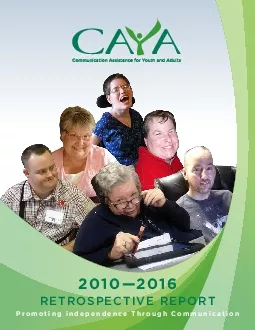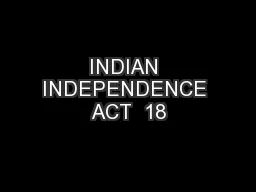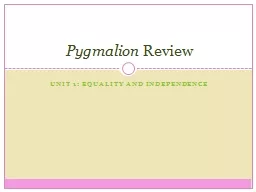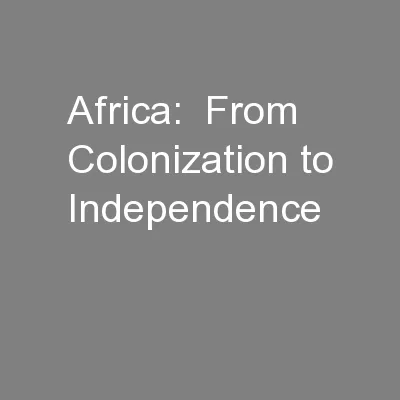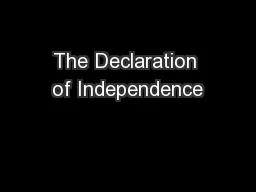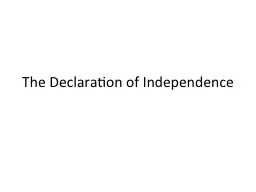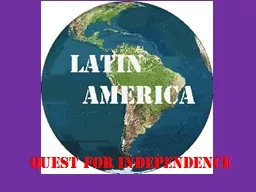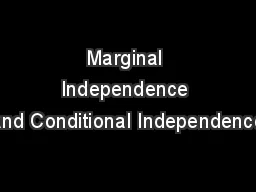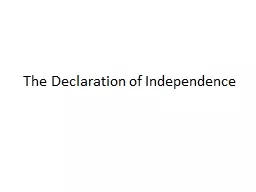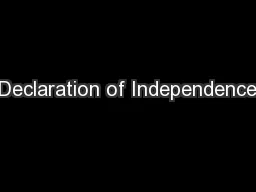PDF-20101512016OSPECTIVE REPOPromoting independence Through Communication
Author : obrien | Published Date : 2021-09-08
cayabcorgTABLE OF CONTENTSExecutive SummaryLocations Service PartnersService DeliveryClient Statistics10Equipment Loan BankBuilding Community AwarenessService InitiativesLooking
Presentation Embed Code
Download Presentation
Download Presentation The PPT/PDF document "20101512016OSPECTIVE REPOPromoting indep..." is the property of its rightful owner. Permission is granted to download and print the materials on this website for personal, non-commercial use only, and to display it on your personal computer provided you do not modify the materials and that you retain all copyright notices contained in the materials. By downloading content from our website, you accept the terms of this agreement.
20101512016OSPECTIVE REPOPromoting independence Through Communication: Transcript
Download Rules Of Document
"20101512016OSPECTIVE REPOPromoting independence Through Communication"The content belongs to its owner. You may download and print it for personal use, without modification, and keep all copyright notices. By downloading, you agree to these terms.
Related Documents

